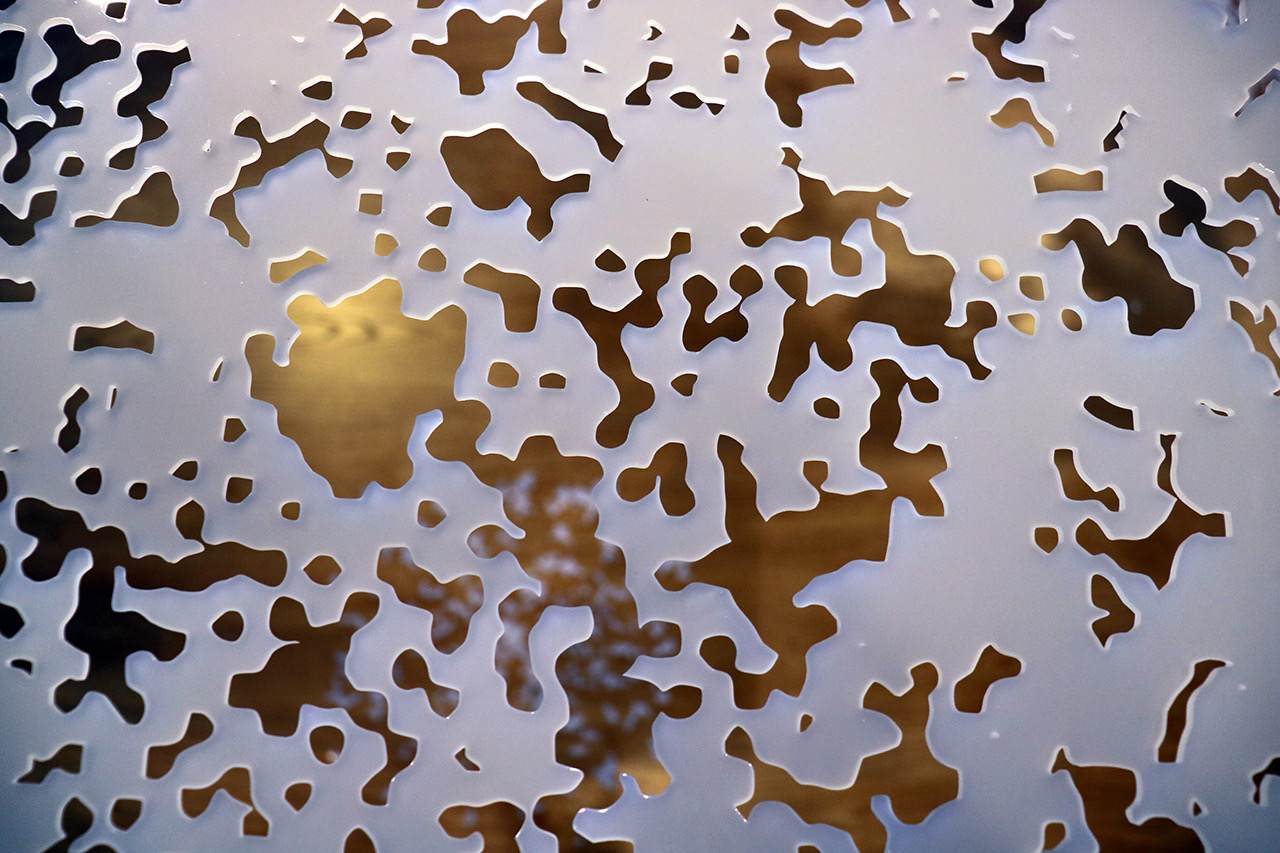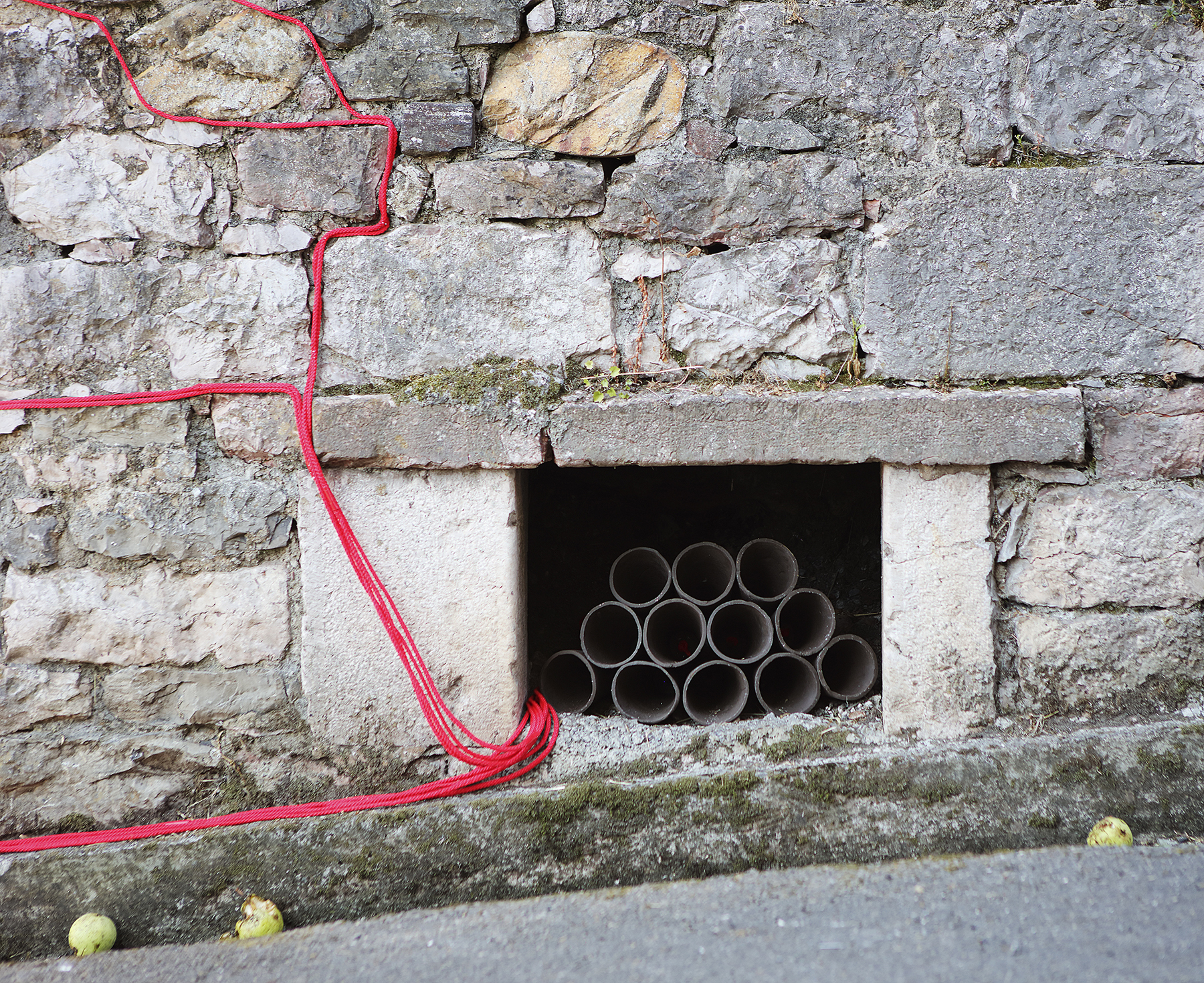Filtrar un mar [To filter the sea] is the most recent materialization of my research around forms of filtration and canalization of water as aesthetical tools to deal with the complexity of contemporary systems of communication, distribution and organization of bodies, resources and information.
To filter the sea engages with the paradox between communication and preservation –scarcity and excess, exhaustion and accumulation– that articulates the contemporary global economy, and delves into the unlikely task of assimilating the toxic legacy left behind by the industrial methods of mineral extraction and mass production developed over the last century in the West.
SITUATED RESEARCH
This research has its origin in Asturias, a post-extractive region in the north of Spain whose landscapes and cultures are unimaginable without the intense metalwork and mining activity carried out over the last century. The steel industry, intensely promoted by dictator Franco’s national industrialization plans between 1950 and 1970 and today in gradual decay, has been of particular interest for this project.
To filter the sea focuses on the immense terraforming potential of this industry, which constantly moves earths and minerals around the earth and generates enough residues to modify territories on a local scale. Most intensely, this project looks at the traces such processes leave behind –in the chemical, geographical and social layers– when they finally abandon the territory to settle in other (more profitable and less visible) places of the Global South.
TO RESIGNIFY THE TECHNIQUE
Situated between the ruins of an obsolescent productive system and the emergence of new models, To filter the sea reflects on the need to re-harness vernacular arts and crafts in this context that, we know today, is irremediably toxic.
A residency at Factoría Cultural, the former school of Ceramics of Miranda, in the county of Avilés (a town developed around the steelworks), was the starting point of a research on regional clays. In order to locate the clays, the contribution of craftsmen and women, artists and people knowledgeable about the subject has been essential. They generously remembered the paths to old potteries and quarries, many times abandoned for decades, that allowed me to collect multiple samples of natural clay with different qualities.
In parallel to this, I carried out a process of experimentation on ceramic making, using the available local resources, both clays and the great diversity of residues and ores from the steelworks (which I discreetly gleaned from the industrial installations of the vicinity), sometimes imported from as far away as the iron mines of Carajás, in Brazil.
A DYNAMIC LANDSCAPE
The resulting piece reflects my long interest in filtration systems as autopoietic mechanisms. Firstly exhibited at the Semana Profesional del Arte de Oviedo, the installation was thought of as a site-specific response to the venue: the industrial ruins of the old Arm Factory of La Vega (1856-2012).
A landscape made from a series of porous ceramic philters and steel structures keeps the record of the material experimentation described above. On the ground, a grid of blanc eucalyptus cellulose paste foils reminds of the cartographic endeavor of mapping the natural resources for industrial development and mineral exploitation. The piece is activated by a live action in which water, iron ores, muds from the metalworks, and different kinds of residues, are poured into the philters. While the installation is faced with the unfathomable task of filtering the toxicity left behind, an autonomous map of the territory slowly emerges on the ground.
FILTRAR UN MAR
Ceramic filters; Steel structures; Laser cut and engraved eucalyptus cellulose paste foil; Water, natural clays, ores and residues from the steelworks.
© Elisa Cuesta, 2023
CREDITS
Project funded by the Fundación Municipal de la Cultura and Factoría Cultural de Avilés.
The paper used in the installation has been donated by ENCE Energy and Cellulose.
Special thanks to José Manuel Vega “Selito” for the natural clays from Faro.
Video and editing: Singular Visuals
Sound: Motgum
EXHIBITED AT
Semana Profesional del Arte de Oviedo (1-11 junio 2023 | Fábrica de Armas de la Vega, Oviedo)

